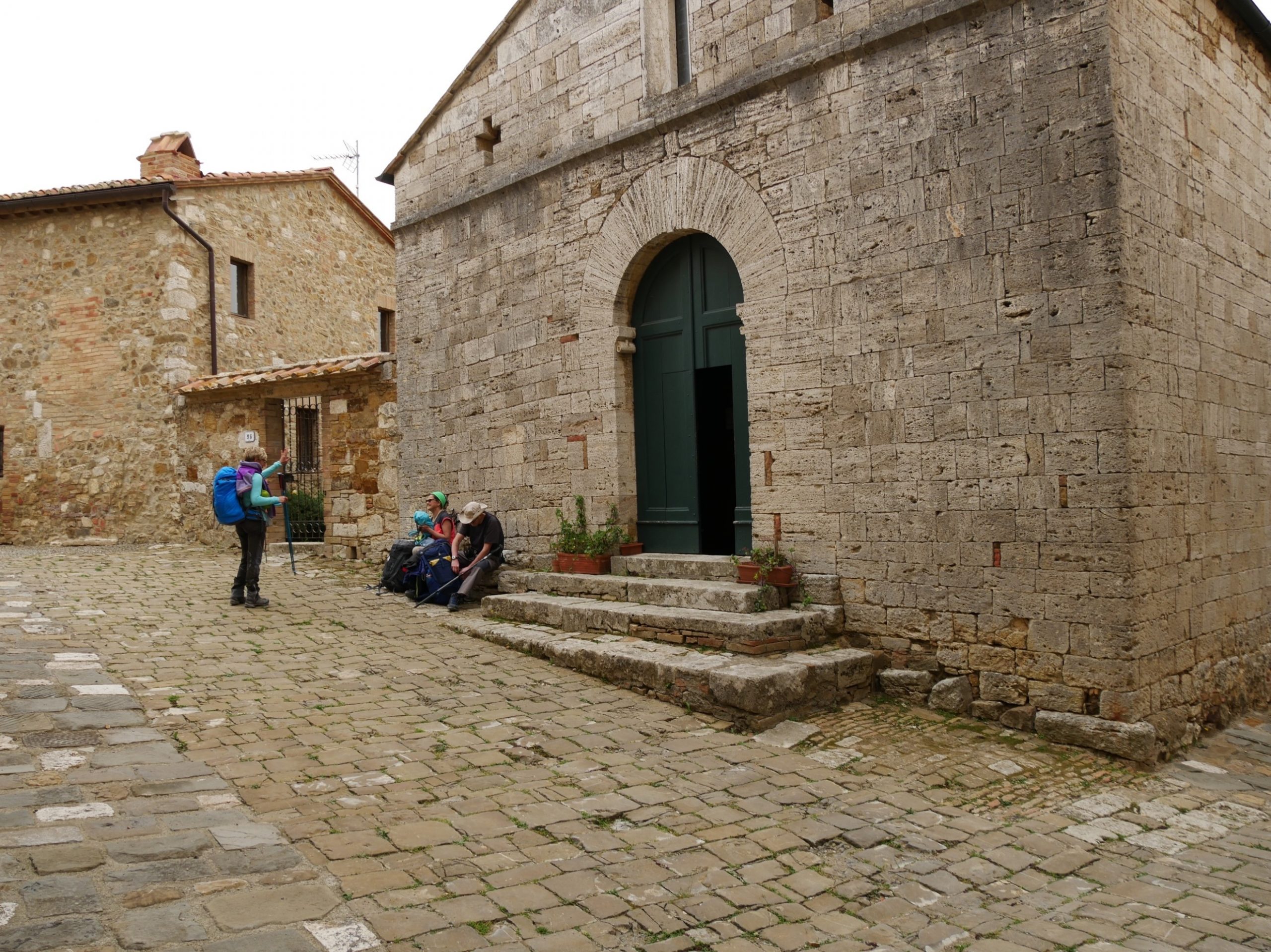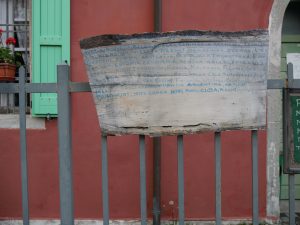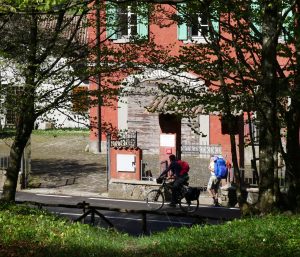
June 11, 2020, by lzzeb
Hospitality on pilgrimage routes: a new tourist paradigm?
A blog by Leonardo Porcelloni
As part of my research on the ancient route via Francigena I have been investigating the pilgrimage phenomenon in its modern tourist form. I am doing this through participant observation and a series of interviews aimed at those providing hospitality and other figures involved in tourist management of via Francigena.
In fact, the protagonists of the pilgrimage routes are not only travellers, but as the historian Franco Cardini writes: ‘the history of a route means history of its managers and its users’. And therefore divorcing the route from hospitality would mean distorting its own identity.
In examining the tourist dimension on the via Francigena, I consider the voices of the people with whom I came into contact along the way in Emilia-Romagna, Tuscany and Lazio:
AG: So, I’m a worshipper and so I’ve always had a passion for this place, it’s the bishop that has appointed me as hospitaller […] Here the business is very low, there’s only lots of passion!
However, in those places where the pilgrim flow is higher:
IA: From the tourist point of view, we’ve been able to lengthen the tourist season.
As well as this, on the community benefits from the cultural point of view:
MP: Conferences and debates have attracted those people that were here on vacation. It’s also important for the inhabitant’s culture. Because this Francigena intrigues also locals.. Until a few years ago it was not that well known.
Those providing hospitality feel rewarded by the benefits they allow:
ML: Through us people arrive that have got a certain sensitivity for the nature, for beauty, for the environment and this makes each encounter a pleasant encounter. […] I’d say that we witness almost a revitalisation of the spirit.
If then via Francigena represents a path of wellbeing for pilgrims:
GF: Let’s say that the Francigena, or the way, I say it’s like a hospital.. […] it lets me think it is a clinic in which we can recover from anything […] the itinerary clinic because in listening to all those that pass and tell.. you give them also pleasure!
Thus it also reflects on the people who come into contact with it:
IA: […] the Francigena gives the idea that who passes looks for serenity, tranquillity. The contact with nature. This is what that the pilgrim instils once he arrives. He carries with himself this feeling. As matter of fact, for us to work with via Francigena… it provides wellbeing also for us.
This occurs mainly through dialogue:
AG: Hospitality is an integral part of the path, there’s no path without hospitality.
Here you rediscover the love, the contact, the togetherness, the dialogue… many people have the desire to talk.
There is a valuable intercultural dialogue for rural communities hitherto excluded from major international flows:
FB: It’s good that they are here [pilgrims]: they keep company, especially in the low seasons! They open up the closed mentality of this town. They have a different attention and sensitivity than other tourists. They seek the authenticity of places.
Therefore they become more aware of their territory and of the potential risks, they become defenders of the authenticity of the path against tourist commodification:
FS: We want to maintain it as a pilgrimage route, as it is. Without creating any kind of frills or like an amusement park. We have to be careful, we have to maintain it as it is. Not crosses and advertising posters everywhere…
ML: In my opinion this kind of mobility is a resource that has to be managed with great attention. It’s like providing blood to an organism that has poor arteries, and therefore it revitalises the territory. At the same time you have to be careful to provide the same blood type… do not make a Disneyland out of the via Francigena.
An emotional and cultural relationship that goes well beyond the economic dimension is established. That this is achieved through hospitality might seem at first glance contradictory: the fact that the pilgrim tends to stay only one night would suggest an unaffectionate ‘touch and go tourism’. But Those providing hospitality and other people involved in the journey recognise in the figure of the pilgrim an intercultural ambassador of peace and wellbeing that is infused through their interior journey. This becomes the basis of a new territorial awareness and tourist paradigm.
You can read Leonardo’s first blog discussing his research during COVID-19 here
No comments yet, fill out a comment to be the first



Leave a Reply